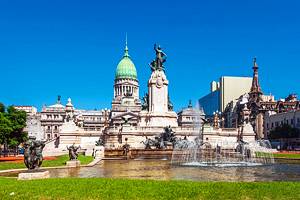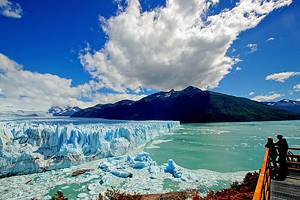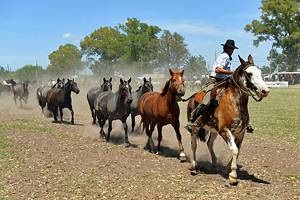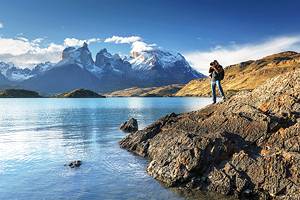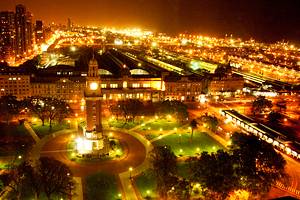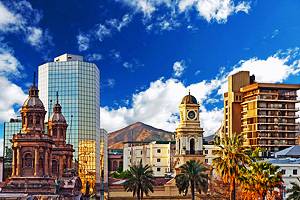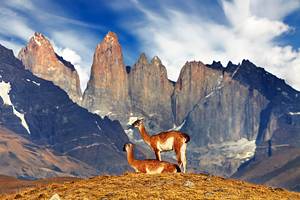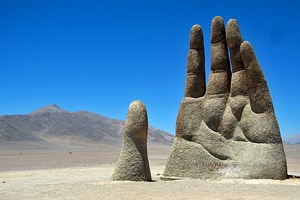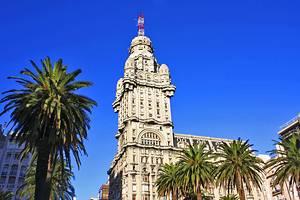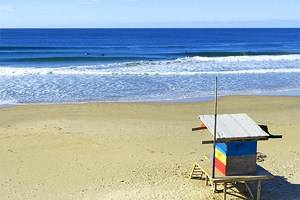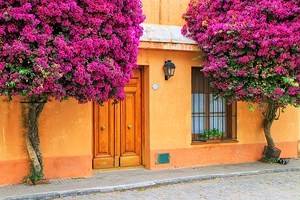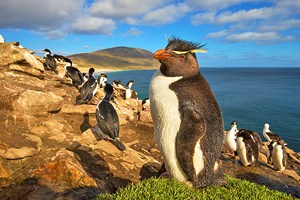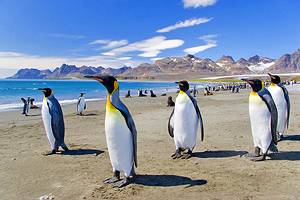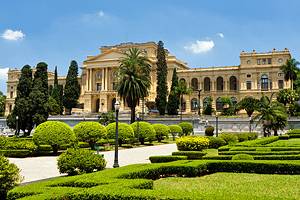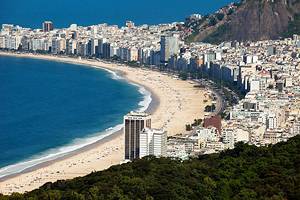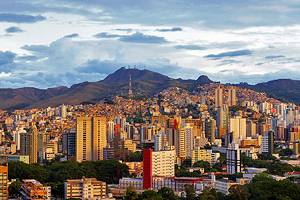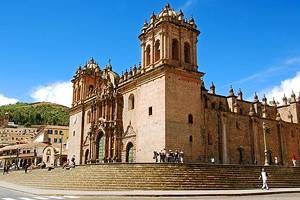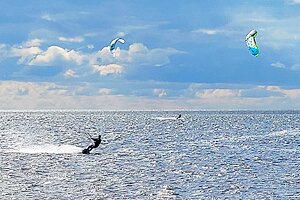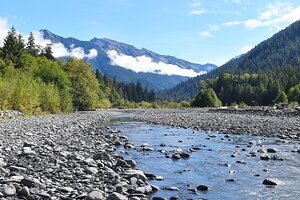Argentina in Pictures: 20 Beautiful Places to Photograph
Argentina is a mega-diverse country, encompassing everything from desert to jungle to Antarctic regions. Of the 37 picture-perfect national parks in Argentina, many include traces of civilization dating back to the Paleolithic period, still found today in Cueva de las Manos and other rock paintings. Argentina lies against the Andes, and some of the most stunning glacier mountains in the world, but also has cosmopolitan cities, beaches, and plenty of unexpected destinations where you can capture incredible images.
Wherever you are in the planning stages of your trip, here's a list of the most beautiful places to photograph in Argentina.
- 1. Perito Moreno Glacier, Santa Cruz
- 2. Iguazu Falls
- 3. La Boca, Buenos Aires
- 4. Bariloche, Rio Negro
- 5. Puerto Madryn, Chubut
- 6. The Pampas
- 7. Quebrada de Humahuaca, Jujuy
- 8. Tigre Delta, Buenos Aires
- 9. Ushuaia, Tierra del Fuego
- 10. Mount Pissis, Catamarca
- 11. Los Alerces National Park
- 12. Mar del Plata, Buenos Aires
- 13. Aconcagua, Mendoza
- 14. Cueva de las Manos, Santa Cruz
- 15. Talampaya National Park, La Rioja
- 16. San ignacio Mini, Misiones
- 17. Lanin National Park, Neuquén
- 18. Serranía de Hornocal, Jujuy
- 19. Quebrada de Cafayate, Salta
- 20. Mount Fitz Roy, Patagonia
1. Perito Moreno Glacier, Santa Cruz
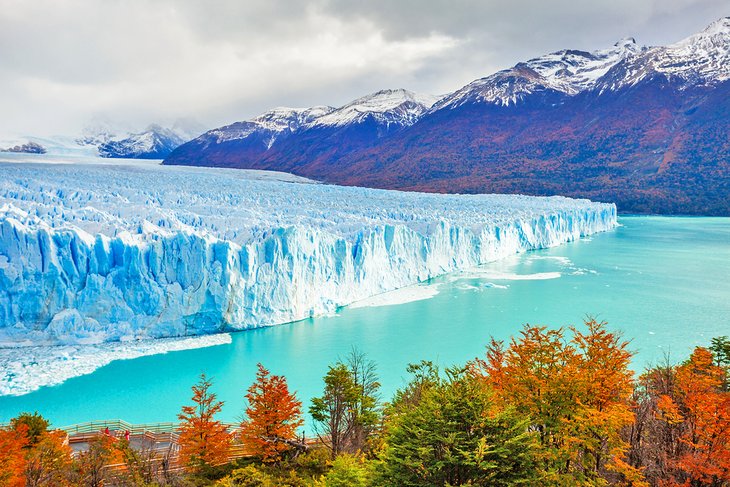
The Perito Moreno is part of the Southern Patagonian Ice Field that sits between Argentina and Uruguay and forms one of the largest reserves of freshwater in the world. The active glacier towers 74 meters high over the icy waters and a stunning 170 meters deep into the lake. Glacier trekking is a popular activity here, but tourists also come around in large numbers during the summer rupture events, when parts of the glacier collapse into the lake in a spectacular show as the temperatures rise.
- Read More: Top-Rated Hiking Trails in Patagonia
2. Iguazu Falls
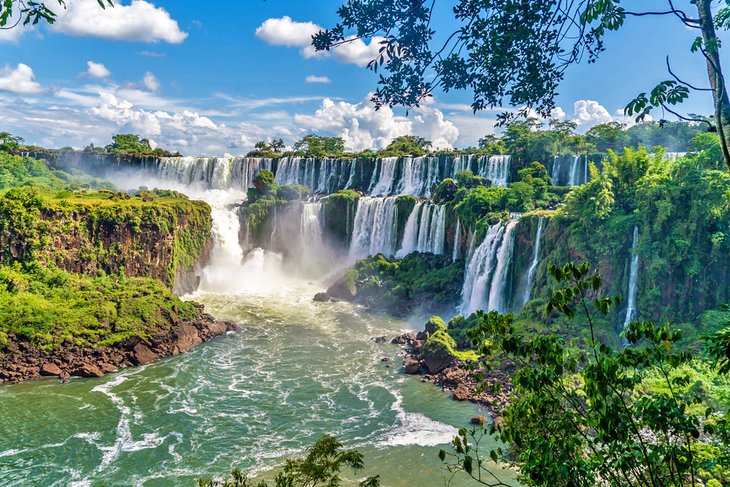
One of the top attractions in Argentine and Brazil, Iguazu Falls sit right on the border with Brazil and are the largest waterfall system in the world, almost twice taller than Niagara Falls. The most impressive part of the falls is the area around La Garganta del Diablo (Devil's Throat), accessed by a long wooden walkway. Over 50 percent of the falls flow into this narrow section with a loud roar and a thick curtain of mist enveloping everything. Toucans, butterflies, and coatis (a member of the raccoon family) can be seen throughout the park and also make great photo subjects.
3. La Boca, Buenos Aires

El Caminito ("the little walkway") is La Boca neighborhood's most famous pedestrian street – a bright, living museum of wood and sheet metal buildings that pays homage to tango. The name Caminito refers to a famous 1926 Argentinian tango of the same name – an appropriate choice for an area where music just flows freely everywhere, and you're likely to find impromptu dancers in more than one corner. Restaurants and remnants of 19th-century communal dwellings mix in with artists selling their work as you walk down the streets.
4. Bariloche, Rio Negro
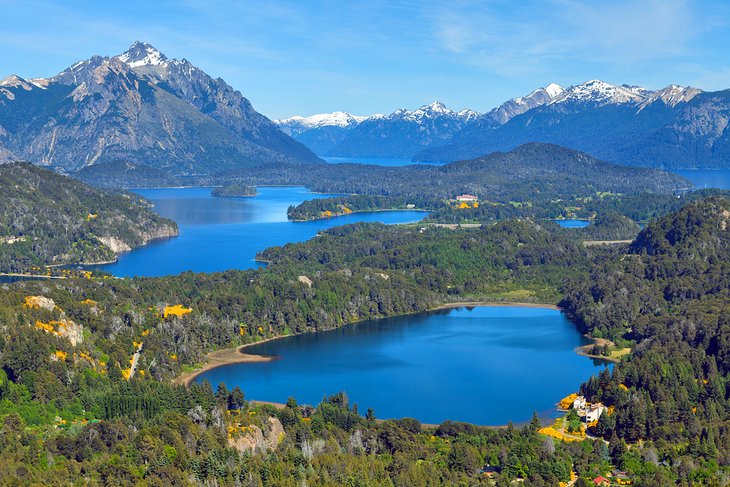
Sitting on the shores of Lake Nahuel Huapi, San Carlos of Bariloche is a popular winter resort town that attracts skiers, trekkers, and mountaineers. Cerro Catedral, just outside the city, is the biggest ski resort in South America and a popular destination during the winter season (June-September). The oldest national park in Argentina, the Nahuel Huapi National Park surrounds Bariloche and extends to the foothills of the snow-clad peaks of the Andes.
- Read More: Top-Rated Tourist Attractions in Argentina
5. Puerto Madryn, Chubut
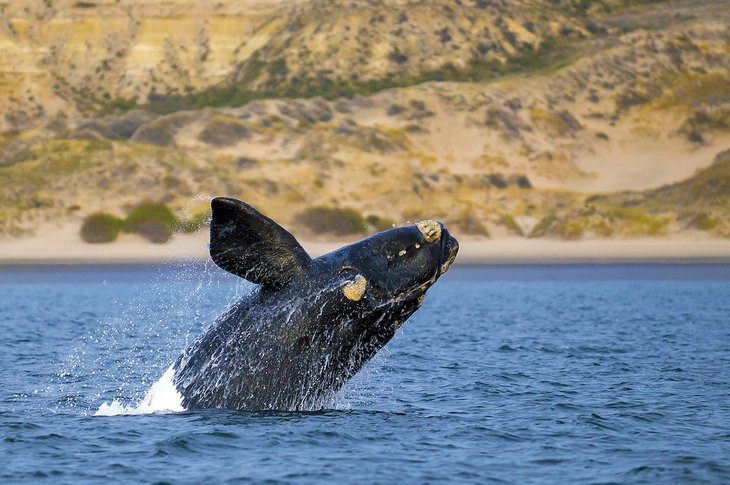
Whales, orcas, and elephant seals winter near the small town of Puerto Madryn between June and September – though you might see them around as late as December if you venture farther away from the coast and into the ocean. Península Valdés, where the town of Puerto Madryn is located, is a World Heritage Site with an important role in marine mammal conservation. Its rocky cliffs, pebble beaches, and soft shallow bays are significant nesting sites for migratory shorebirds as well.
6. The Pampas
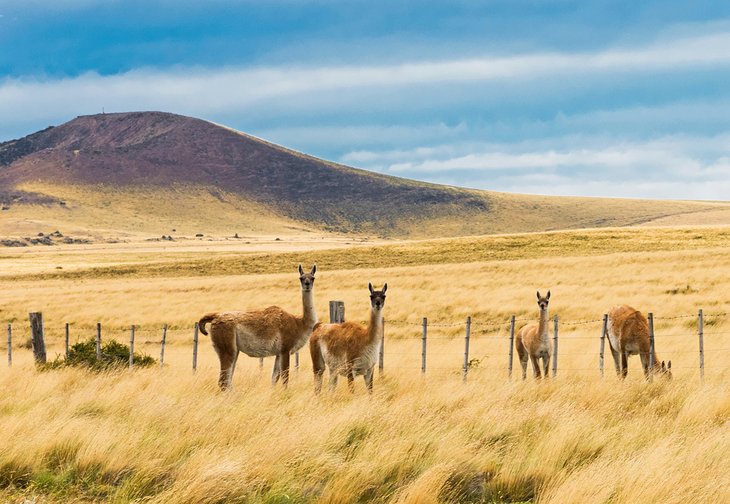
Guanaco llamas are a common sight in the sparsely populated and vast Pampas – the South American lowlands that cover several provinces are also home to a number of very unusual animals, including giant anteaters; bush dogs; and the elusive viscachas, a rodent that looks like a cross between a rabbit and a chinchilla. This is a great place for wildlife photography but you'll also find the landscape intriguing for pictures
7. Quebrada de Humahuaca, Jujuy
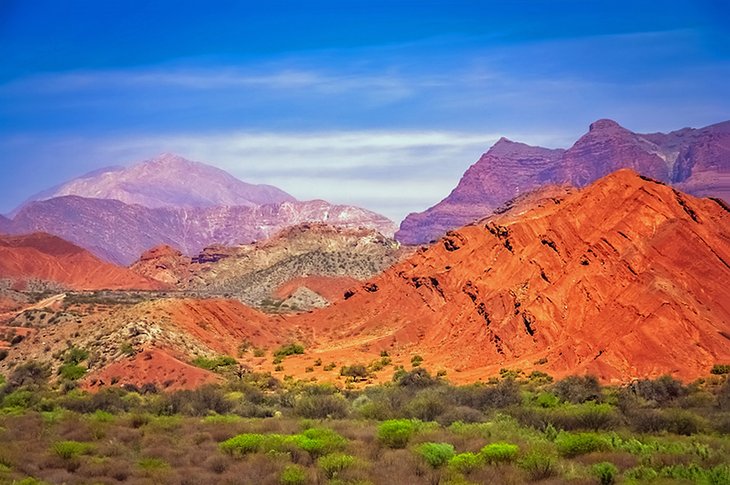
A UNESCO World Heritage Site, this narrow and deep mountain valley is famous for its dramatic rock formations in layered shades of red, browns, and creamy whites. Lush, ferocious rivers run through the canyons here in winter, but the land is dry and arid during the long, hot summers. Dusty towns dot the valley in an area that was once part of the Inca Empire's caravan road.
8. Tigre Delta, Buenos Aires
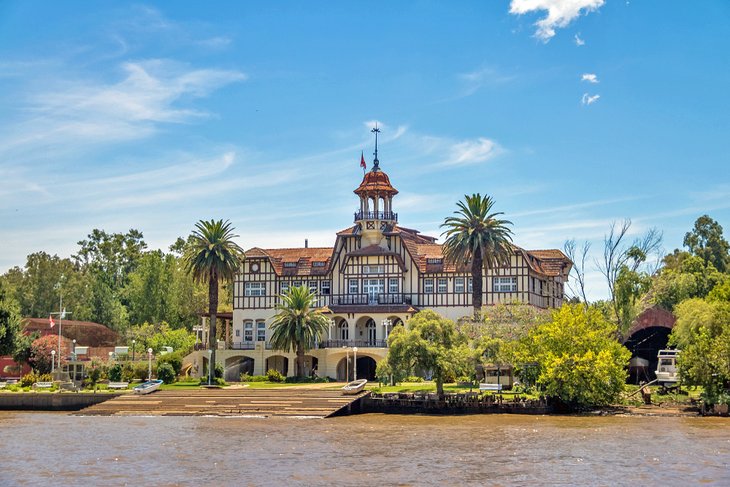
Inter-connecting canals and streams zigzag through this neighborhood built right on the Parana Delta - a labyrinth of islands and wetlands fed by the River Parana, the second longest river in South America. Motor boats cruise the waters here, passing by Belle Époque mansions, riverside restaurants, and marinas.
- Read More: Top-Rated Day Trips from Buenos Aires
9. Ushuaia, Tierra del Fuego
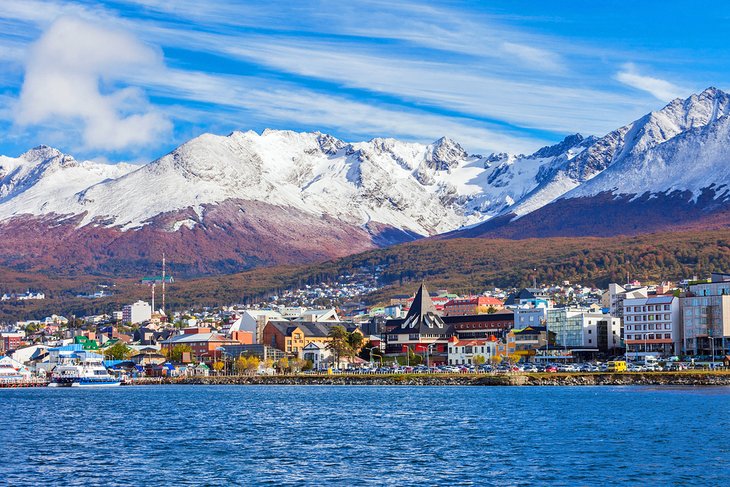
Considered the southernmost city on Earth, Ushuaia is a popular departing point for cruises to Antarctica. The city is completely surrounded by the Andes on three sides and covered in thick subpolar forests despite having a mild tundra climate. Large colonies of penguins and seals call Ushuaia home, and orcas can be seen frequently on the islands around the Beagle Channel.
10. Mount Pissis, Catamarca
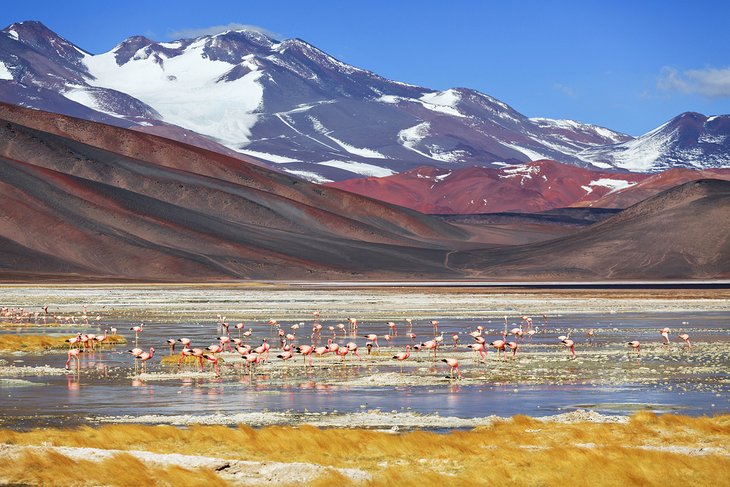
Mount Pissis, an extinct volcano, is the third-highest mountain in the Western Hemisphere. The mountain is unique because it's located in one of the driest places in the world, the Atacama Desert – but it's still partially covered by an extensive glacier. The mountain is a popular climbing destination in summer, when the temperatures can still reach -30 degrees Celsius overnight.
11. Los Alerces National Park
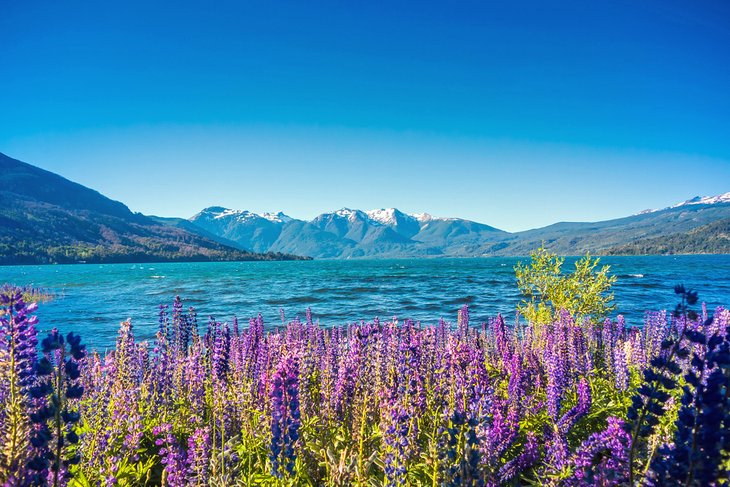
Sitting right on the Andes, this glacial park has some of the most stunning lakes in the country; soft, rolling alpine meadows; and forests made up almost exclusively of alerce trees, one of the longest living trees in the world – some of the oldest trees in the forest here are almost 4,000 years old and over 55 meters tall. Los Alerces has been designated a World Heritage Site, and much of the forest remains virgin territory in an effort to protect it from invasive tourism.
12. Mar del Plata, Buenos Aires
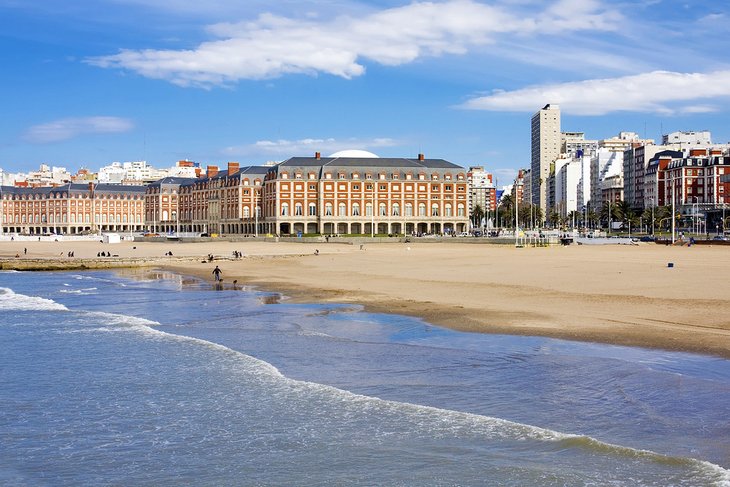
The biggest seaside resort in the country, the city of Mar del Plata sits on the coast of the Atlantic Ocean. A major port with infrastructure to support millions of tourists every summer season, the city also hosts a number of art and cultural festivals, is home to many museums and theaters, and offers some of the best restaurant experiences in the country.
13. Aconcagua, Mendoza
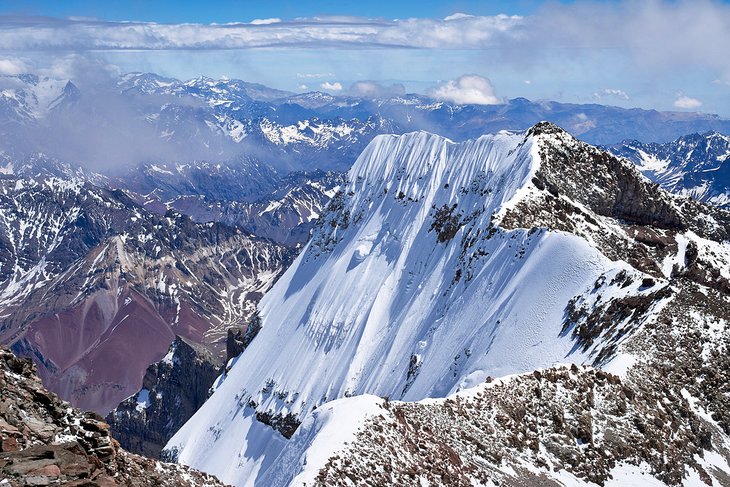
The Aconcagua is the highest mountain in the world outside the Asian continent and one of the Seven Summits (a group that combines the seven highest peaks of the seven continents – climbing all seven is considered the ultimate accomplishment an explorer can aim for).
14. Cueva de las Manos, Santa Cruz
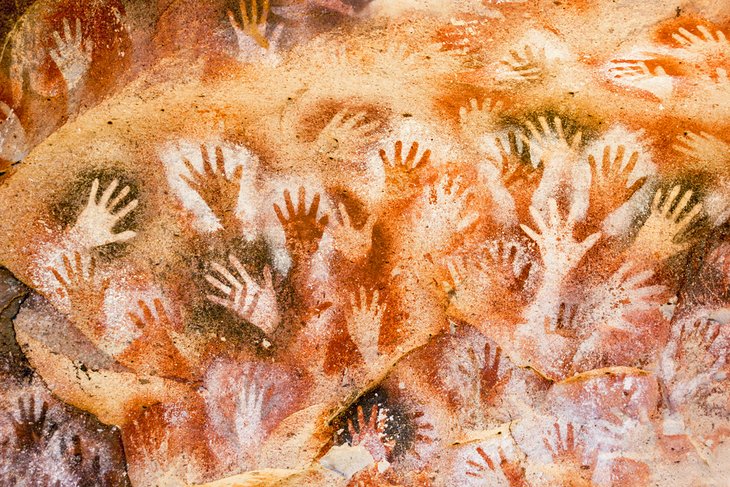
Cueva de las Manos (Cave of Hands) is a UNESCO Word Heritage Site with cave art dating back 13,000 years. Although there are a number of paintings on the walls (including local animals such as guanacos and geometric patterns and hunting images), there's a particularly large concentration of handprints stenciled on the rocks. The cave is located in an isolated section of the Pinturas Canyon, deep into Patagonia.
15. Talampaya National Park, La Rioja
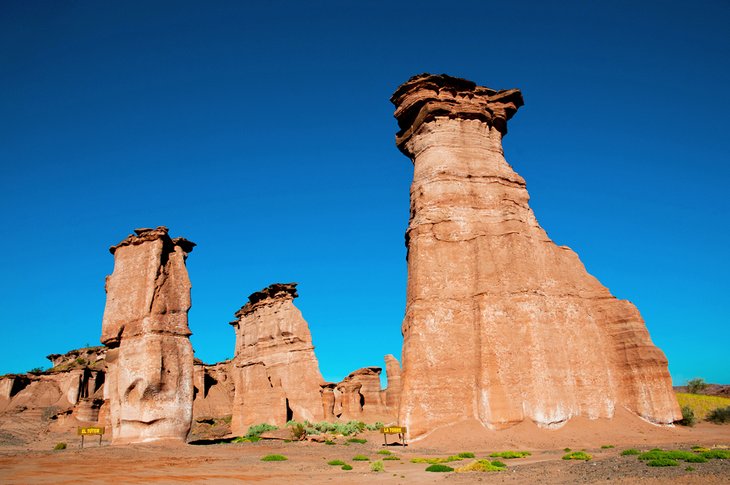
Argentina's most significant archeological sites fall within the borders of this park, which is also a rich source of dinosaur fossils and petroglyphs. A shrub desert with stunning red rock formations and red soil, the park is famous for its oddly formed columns and the many pictograms and petroglylphs found etched on the canyon walls.
16. San ignacio Mini, Misiones
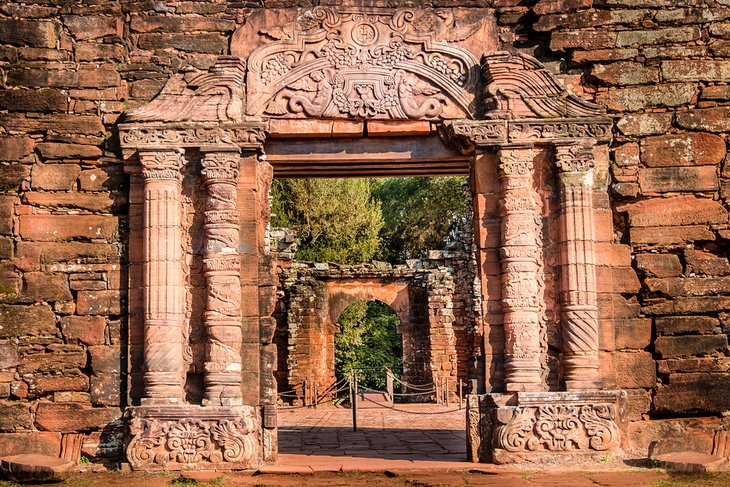
Located in the province of Misiones in the north of the country, San Ignacio Mini is one of the best-preserved ruins of the missions built here by the Jesuits in the early 17th century. Originally home to stunning buildings that included a church and monastery, a cemetery, and a number of houses, the ruins – built using local red sandstone – were abandoned and fell into disrepair until the mid-1940s.
17. Lanin National Park, Neuquén
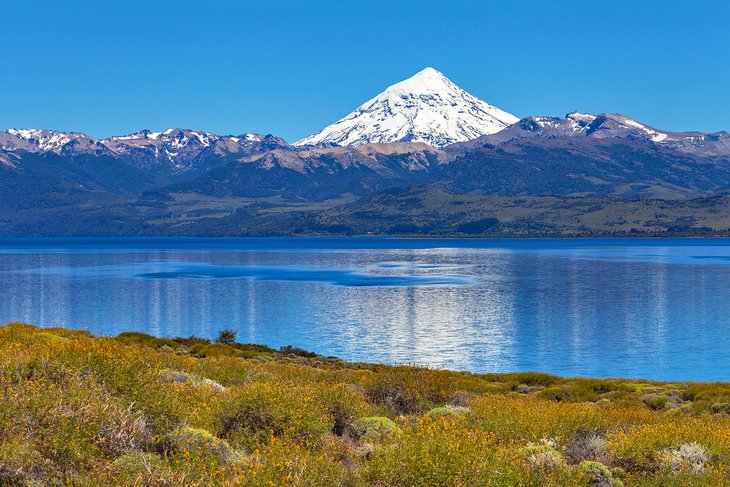
Home to volcanoes, Andean-Patagonian forests (also known as subantarctic forests), and stunning lakes, Lanín National Park extends for over 413,000 hectares of protected space. In winter, the park offers plenty of snow, while summer is perfect for climbing the Lenin Volcano over a two-day period (including an overnight stay at a mountain hut along the way).
18. Serranía de Hornocal, Jujuy
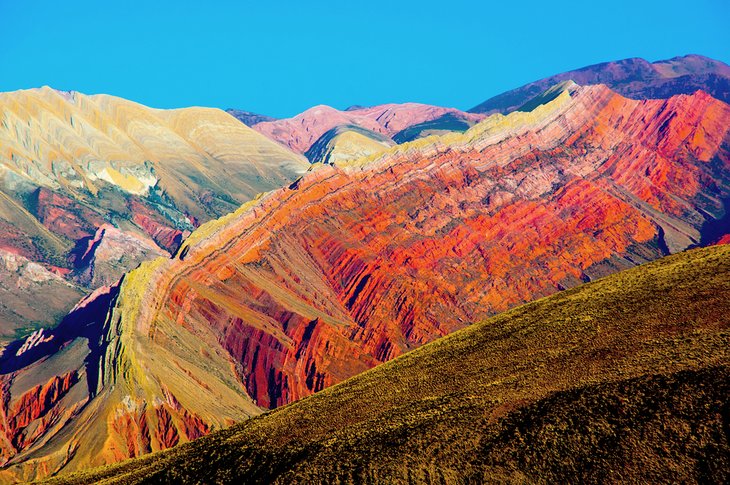
A range of limestone mountains with a maximum altitude of over 4,700 meters, Serranía de Hornocal is famous for its look that resembles jagged "teeth." Visiting the area (and especially the viewpoint) after 4pm guarantees dazzling colors as the sun bounces on the red stone.
19. Quebrada de Cafayate, Salta
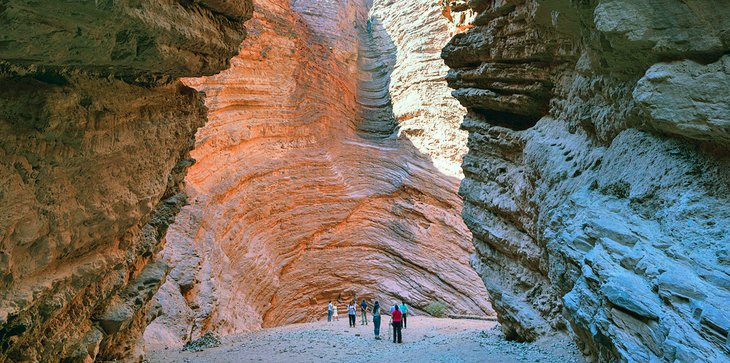
Located within the Calchaquíes Valleys in the north of the country, Cafayate is an area with stunning rock formations that offers plenty of photo options. The drive from Salta to Cafayate is just as spectacular, wrapped in hues of red and filled with quebradas (ravines), natural stone bridges, and multicolored canyons.
20. Mount Fitz Roy, Patagonia
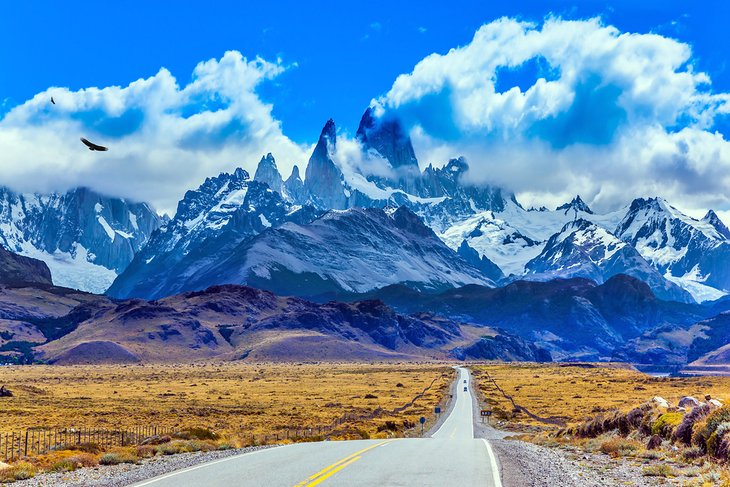
Sitting on the border between Argentina and Chile, 3,400-meters-tall Monte Fitz Roy is also known as "smoking mountain" due to its top often looking hazy, as if surrounded by clouds or smoke. A favorite among expert climbers, Fitz Roy also offers plenty of easier trails. Nearby El Chalten village offers plenty of rustic charm for adventurers looking to stay in the area overnight.


